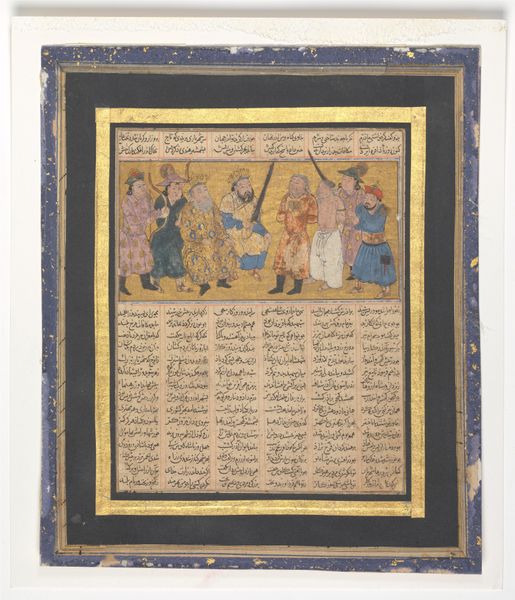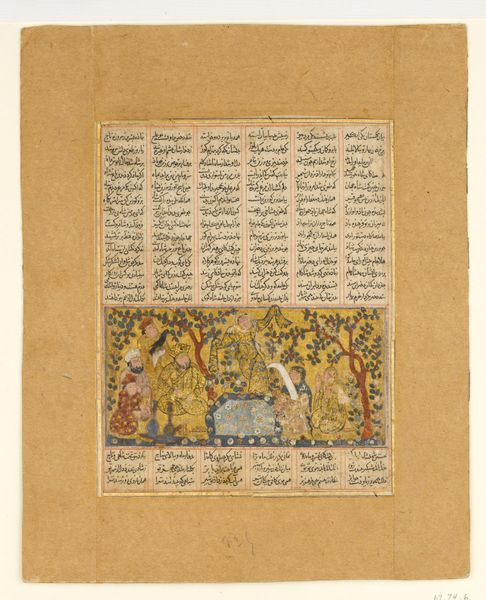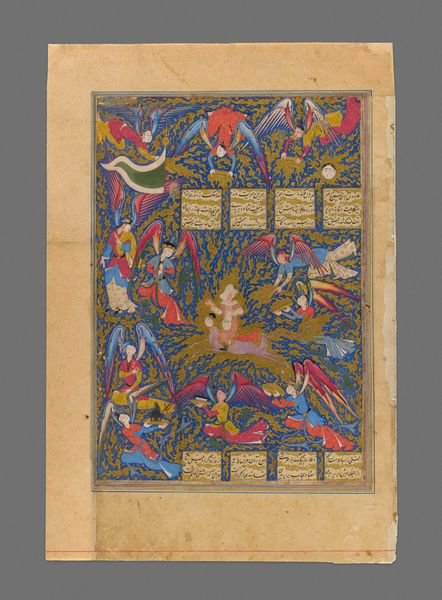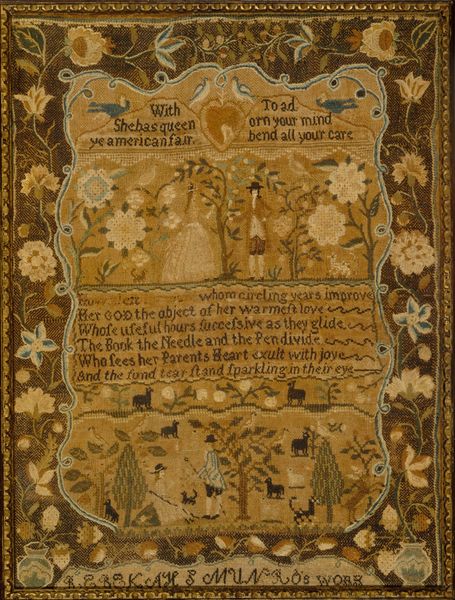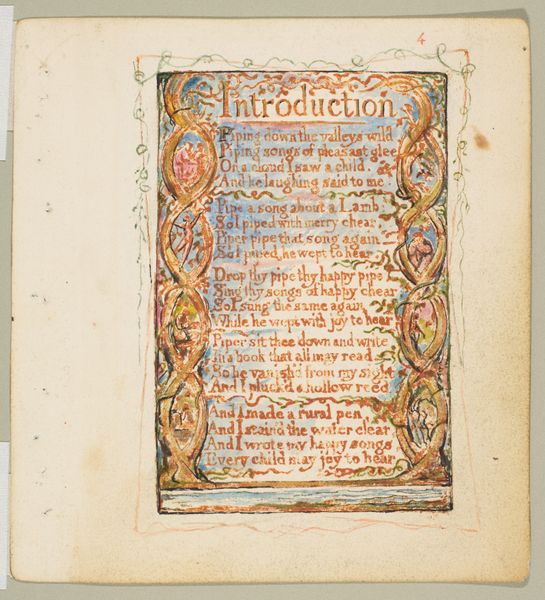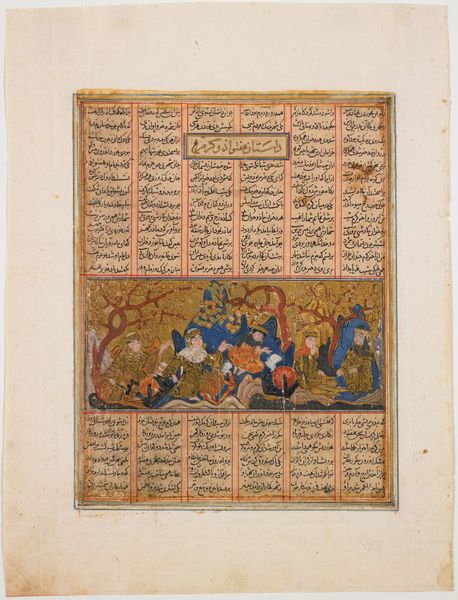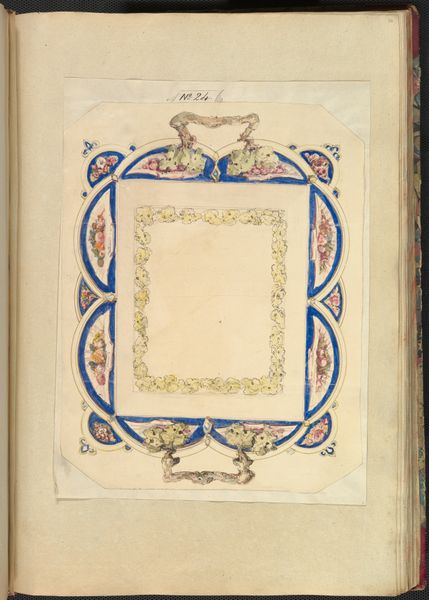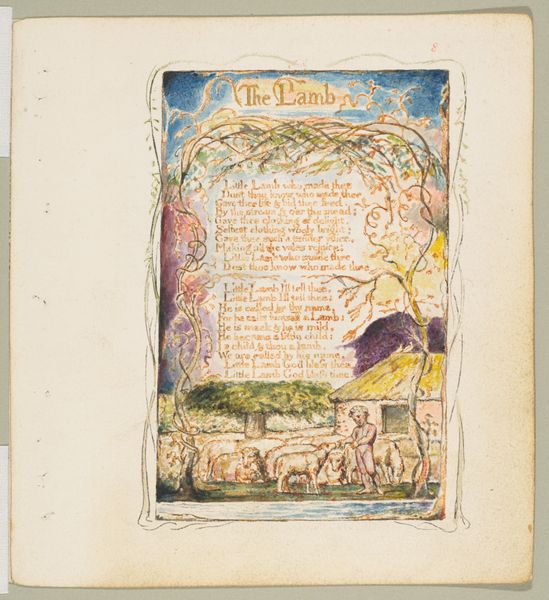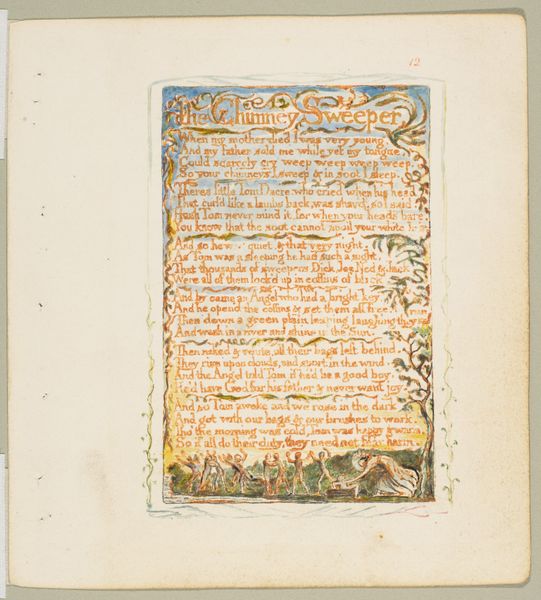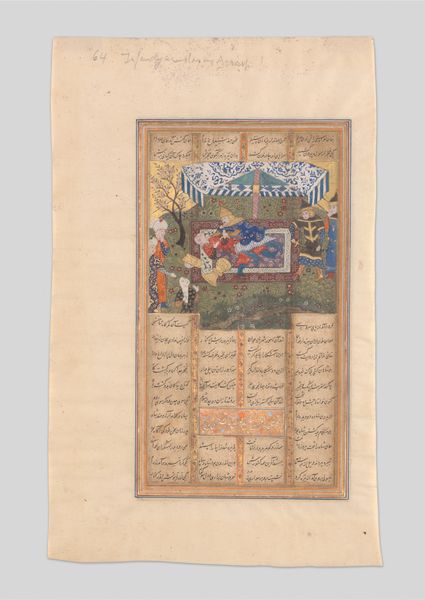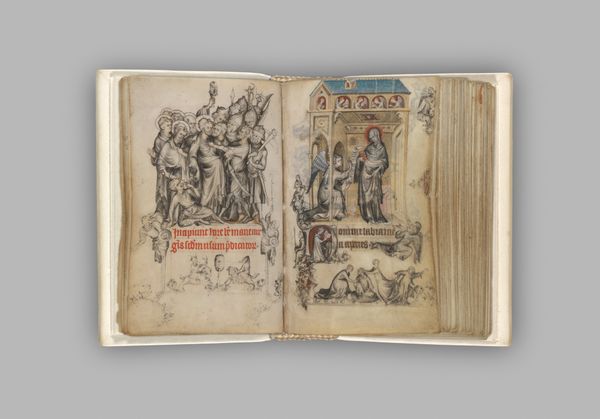
"Yazdegird I Kicked to Death by the Water Horse", Folio from a Shahnama (Book of Kings) 1275 - 1355
0:00
0:00
tempera, painting, paper
#
medieval
#
narrative-art
#
tempera
#
painting
#
death
#
paper
#
horse
#
men
#
islamic-art
#
history-painting
#
miniature
#
watercolor
Dimensions: Painting: H. 2 1/8 in. (5.4 cm) W. 4 7/8 in. (12.4 cm) Page: H. 14 in. (35.6 cm) W. 10 13/16 in. (27.5 cm) Mat: H. 19 1/4 in. (48.9 cm) W. 14 1/4 in. (36.2 cm)
Copyright: Public Domain
Curator: Here we have a page from a Shahnama, or Book of Kings, specifically depicting the demise of Yazdegird I, titled "\"Yazdegird I Kicked to Death by the Water Horse.\"" It was made sometime between 1275 and 1355. The artist, Abu'l Qasim Firdausi, captured the tragic event in tempera on paper. What’s your initial response to this miniature? Editor: It feels unexpectedly delicate given the rather violent subject matter. There's this sort of jewel-toned richness to the pigments, almost like stained glass, that tempers the brutality. And is that really how kings meet their ends? I mean, a water horse? It all looks so meticulously *crafted*. Curator: Exactly! Don't be misled by the almost fairy-tale quality of it. While the Shahnama recounts legendary and mythological tales, it was deeply influential in shaping Persian national identity. Even the materials themselves carry meaning. Think about the value placed on the paper and pigments, signifying royal patronage and a society deeply invested in storytelling. The vibrant tempera allowed for layers of detail. Editor: Layers, indeed! Looking closer, I’m fascinated by the page layout. We see blocks of script carefully arranged around this single illustrative narrative, and bordered by decorative embellishments, not unlike the gilding in illuminated manuscripts from Europe around the same period. The creation of that page demanded precision, which, frankly, contradicts the violence on display. This was no cheap and cheerful undertaking; materials weren't just lying around for the medieval artist to make into their artworks as the current artists have today. What did they have? Ground pigments. Animal hide to create paper. Scribes working diligently on text and embellishment... It's such a concentrated burst of labor. Curator: You're touching on something critical. While this seems removed from everyday experience, it was circulated amongst elites, shaping their understanding of history, virtue, and rulership. Imagine it: each turn of the page revealed not only an illustration but also reinforced existing notions of power through visual splendor. You know, some scholars believe this story wasn't a literal account, but instead an allegory—perhaps reflecting discontent with Yazdegird's reign? The "water horse" becoming symbolic of a rebellious populace, and his golden attire could represent his lavish habits at the people's expense. Editor: Ah, yes, using visual allegories. It reminds us that everything around us has significance, no matter how simple it looks, which gets amplified here, as even something terrible could still inspire something beautiful that could serve as reminder and even a warning. Curator: Precisely! Even through the horror, the miniature embodies the rich artistic traditions of its time and invites us to consider the multi-layered connections between storytelling, craftsmanship, and power, from the color palette to the placement of figures, or even its placement among the writing that also relays it. Editor: Thanks, this piece will make me consider artistic production more in depth as it appears that there are stories under every artwork, you just have to listen carefully!
Comments
No comments
Be the first to comment and join the conversation on the ultimate creative platform.
